This post may contain affiliate links, meaning I can earn a small commission from items you purchase (at no cost to you).
Table of contents
Step aside salad. You’re no longer the only way to get leafy green vegetables into our diet. The following nutritional powerhouses deserve a starring role in any kitchen— not just for a trained chef. Packed with vitamins, minerals, and antioxidants, leafy greens offer a wealth of health benefits and surprising versatility in the kitchen.
I started my love affair of leafy greens with blending baby spinach into my smoothies. Over time, I started to crave more leafy green vegetables. From vibrant stir-fries to hearty plant-based soups and even delicious green smoothies, it’s time to look beyond the bowl and discover the exciting world of cooking and blending with leafy greens.
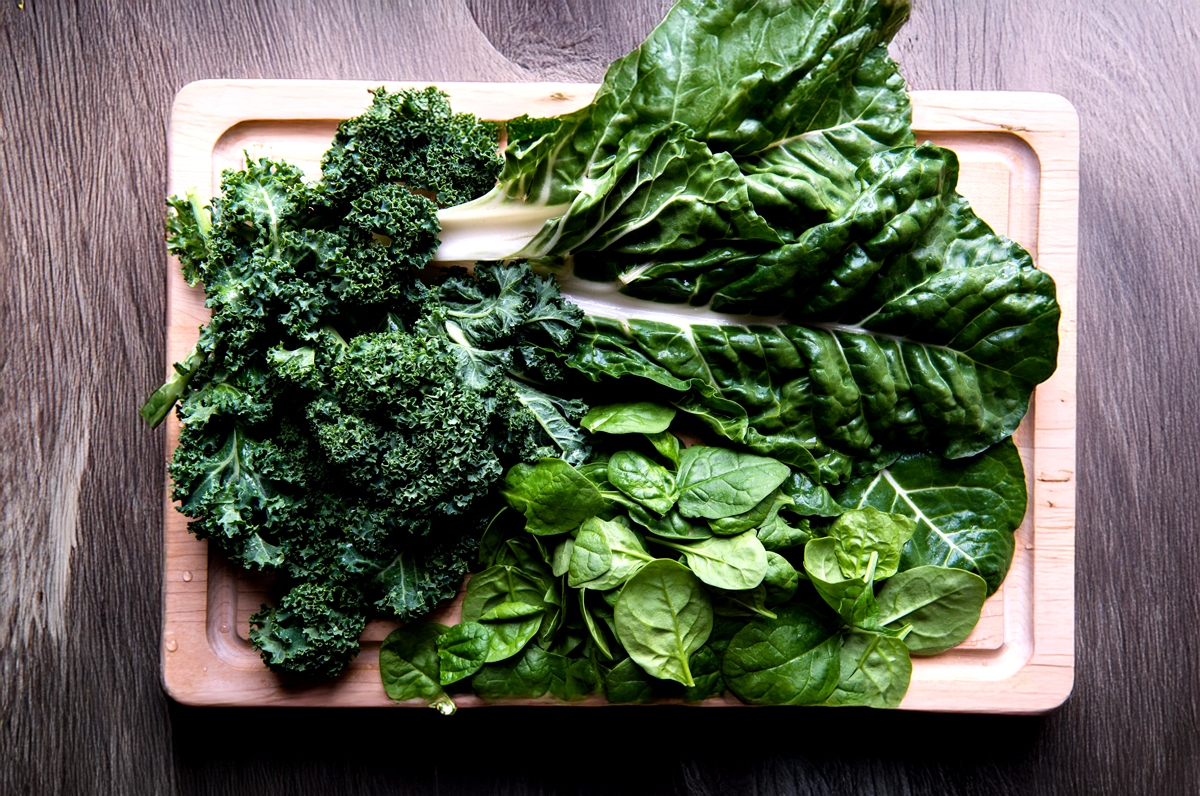
Health Benefits of Leafy Green Vegetables
Leafy greens are super important for a healthy diet. They’re nutrient-dense, green veggies that provide tons of vitamins and minerals. According to a report in the journal Neurology, a daily serving of leafy greens can lead to slower age-related cognitive decline. The term “leafy greens” encompasses a wide array of edible leaves, each with its unique flavor profile and texture. Getting familiar with the leafy green varieties is the first step to unlocking their culinary potential.
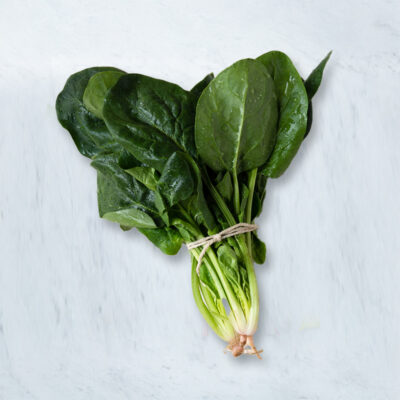
Spinach
Mild & slightly sweet
Spinach is a nutritional powerhouse, packed with vital vitamins (K, A, C), folate, and iron, crucial for bone health, vision, immunity, cell growth, and red blood cell production. Its high antioxidant content and plant compounds may also lower the risk of chronic diseases, making it a valuable addition to a healthy diet.
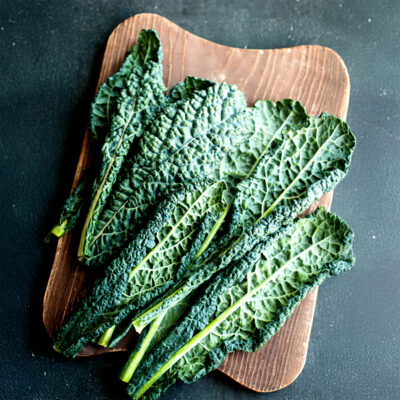
Kale
Hearty & slightly bitter
Kale has different varieties like curly kale, Lacinato (dinosaur) kale, and baby kale offer varying textures. With 684% of the recommended daily value of vitamin K, 206% of the RDV of vitamin A and 134% of the RDV of vitamin C, this dark leafy green packs a health punch.
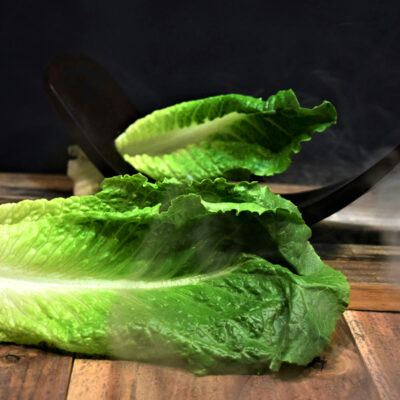
Lettuce (Romaine, Butter, Iceberg)
Mild & slightly sweet
Primarily used raw for salads and wraps, some firmer varieties like romaine can be lightly grilled or braised. Romaine lettuce is high in fiber and low in calories. The vitamin C and beta-carotene content help to lower cholesterol and prevent build-up on artery walls, which reduces the risk of a heart attack.
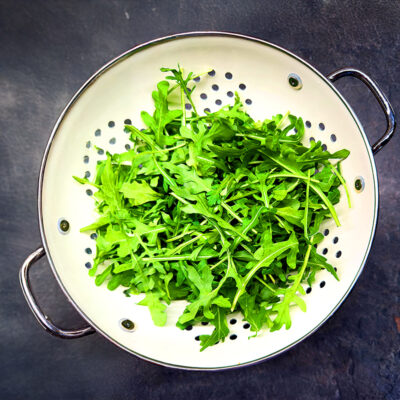
Arugula (Rocket)
Peppery & slightly bitter
Arugula adds a zesty kick to salads and cooked dishes. More than just a garnish, one cup of this leafy green contains 27.7% of the RDV of vitamin K. Tastes best on top of pizza, in a salad or sandwich. I don’t recommend making smoothies with it.
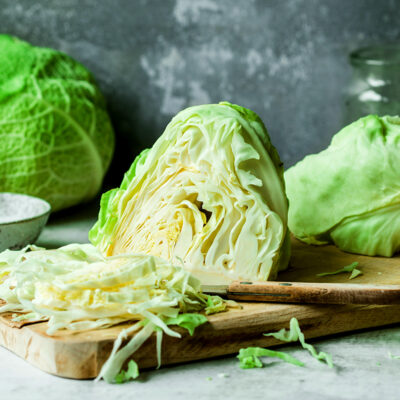
Cabbage
Hearty & pungent
This leafy green can actually be purple, red, white or green, but is definitely still considered a leafy green. I love using cabbage as a plant-based taco shell, blended in a cabbage smoothie or roasted cabbage with light seasoning. Loaded with fiber, folate, vitamin B6 and antioxidants which help fight inflammation.
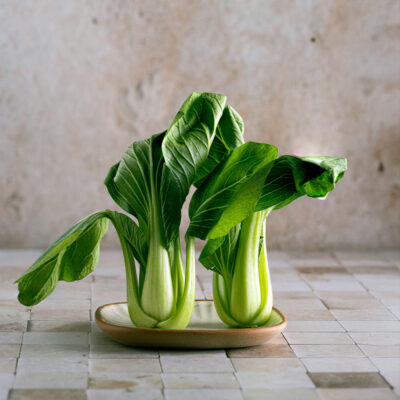
Bok Choy
Mild & slightly sweet
Bok choy is excellent stir-fried, steamed, or added to soups. Full of vitamins A and C, bok choy ranks high for nutrient density as well. All parts of the plant can be used: shredded in a salad, my vegetarian ramen, cooked in soup or blended in a smoothie.

Carrot Greens
Herbaceous & slightly bitter
Carrot tops offer surprising nutrition, providing vitamin K for blood clotting and bones, vitamin C for immunity, and potassium for blood pressure regulation. Their phytonutrients also offer potential anti-inflammatory and antioxidant benefits, making them a worthwhile to smoothies or even pesto!
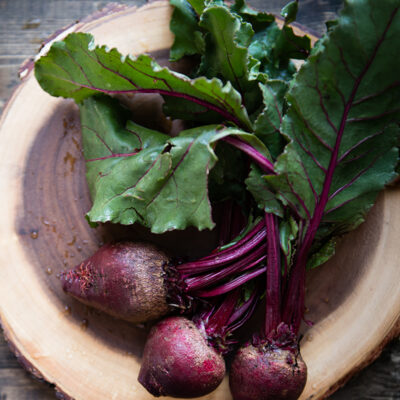
Beet Greens
Slightly earthy
Beet tops are a nutritious leafy green, rich in vitamins K and A, vital for blood clotting, bone health, vision, and immunity. High in phytonutrients, including betalains, beet greens have anti-inflammatory benefits. When blending smoothies with beets, wash and blend in the beet greens.

Collard Greens
Tough & slightly bitter
Collard greens benefit from long cooking times. Like their other cruciferous family members, collard greens are great cancer fighters. They are also pretty good at helping your body digest foods properly with all the fiber inside. They are most popular steamed, but adding them raw to your smoothies will provide greater health benefits.
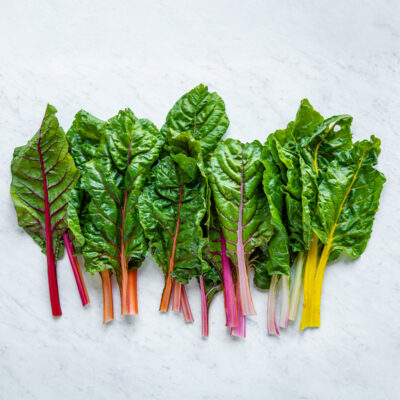
Swiss Chard
Mild & slightly earthy
Mild and slightly earthy with colorful stems that are also edible, Swiss chard is a beautiful and nutritious addition to many dishes. Chard is a colorful, dark leaf known for its ability to regulate the body’s blood sugar. Translation? If diabetes or maintaining blood sugar levels is a concern, add this veggie to your regular rotation.
Leafy Greens Recipes
5 Ways to Use Leafy Greens
Ready to move beyond the traditional salad? Here are some inspiring ways to incorporate more leafy greens into your daily meals:
- Sautéed and stir-fried: Spinach, baby kale, and Swiss chard wilt beautifully in a hot pan with a little olive oil, garlic, and a pinch of salt and pepper. A squeeze of lemon adds brightness. Heartier greens like kale, mustard greens, and bok choy hold up well in stir-fries. Add them towards the end of cooking to maintain some texture and vibrant color. Pair them with your favorite proteins, vegetables, and sauces.
- Soups for warmth and nutrition: Stir in chopped spinach, kale, or Swiss chard during the last few minutes of cooking vegetable soup recipes. They will wilt down and add a boost of nutrients and a touch of freshness. Blend cooked greens like spinach or kale with broth, sautéed onions, and a touch of cream or coconut milk for a smooth and nutritious soup.
- Baked delights with a green twist: Incorporate chopped leafy greens into egg-based dishes like quiches and frittatas. They add color, flavor, and valuable nutrients. Layer sautéed greens into pasta bakes and lasagnas for an extra dose of vegetables. They blend seamlessly with the other ingredients. Add finely chopped cooked greens to roasted root vegetables, or use them as a filling for savory pastries and dumplings.
- Blended goodness in smoothies: Don’t be afraid to toss a handful of spinach or kale into your breakfast smoothie. The flavor is surprisingly mild when combined with fruits, yogurt, and other ingredients.
- Creative raw preparations: While not technically a recipe, juicing leafy greens is a great way to consume a concentrated amount of nutrients. Blend arugula, spinach, or kale with nuts, garlic, olive oil, and lemon juice for a vibrant and flavorful pesto. You can also layer large lettuce leaves like romaine or butter lettuce to create healthy and delicious lettuce wraps and sandwiches.
Benefits of Rotating Leafy Greens
I often talk about rotating your greens when making green smoothies. This is because leafy greens come from all different plant families, each offering different health benefits. Yet if spinach is your jam, no worries! Keep doing that. You can always have a salad with kale or make a soup with Swiss chard.
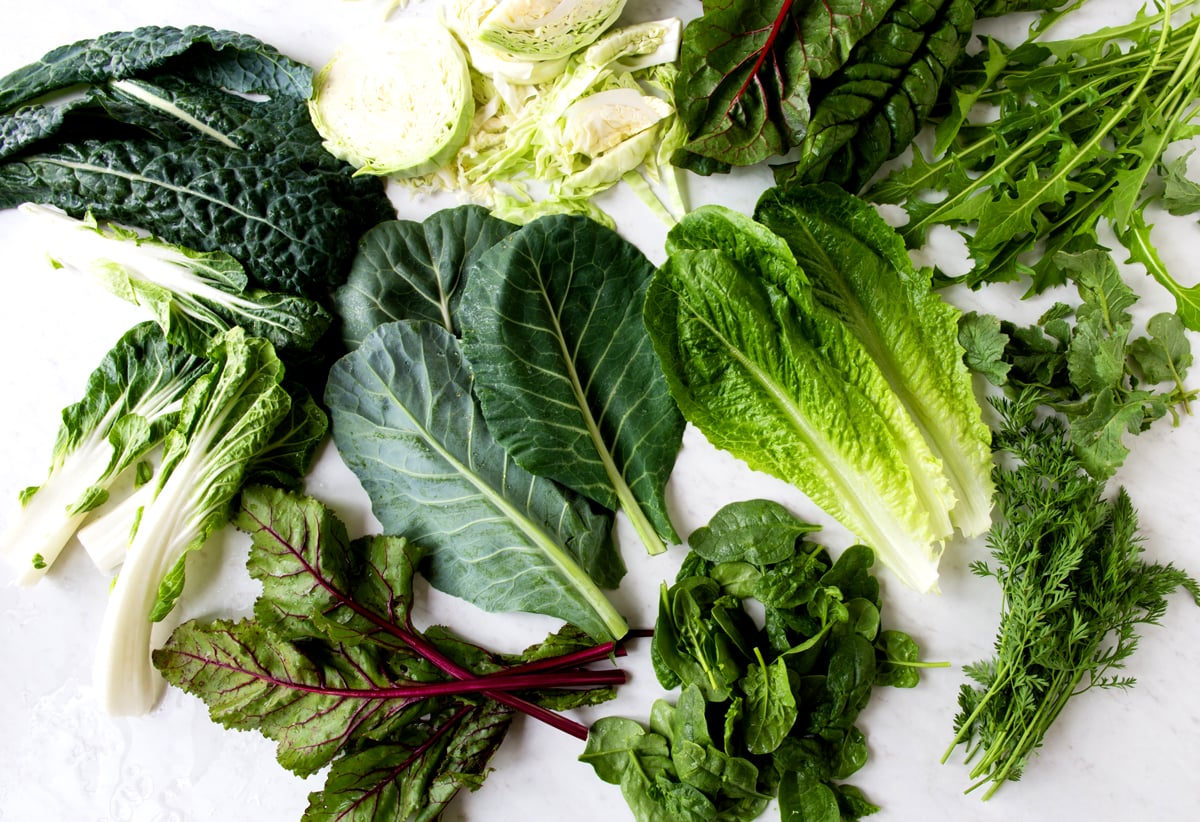
Tips for Cooking with Leafy Green Vegetables
Leafy greens are more than just a salad component. Their versatility and nutritional benefits make them a valuable addition to any healthy diet. By exploring different cooking methods and incorporating them into a variety of dishes, you can unlock a world of flavor and boost your well-being. So, step away from the salad bowl and embrace the green revolution in your kitchen!
- Experiment! Don’t be afraid to try different combinations and cooking methods to discover your favorite ways to enjoy leafy greens.
- Wash thoroughly: Always wash leafy greens thoroughly under cold running water to remove any dirt or grit. A salad spinner can be helpful for drying them.
- Remove tough stems: For heartier greens like kale and collards, remove the tough central stems before cooking.
- Don’t overcook: Most leafy greens cook quickly. Overcooking can make them mushy and reduce their nutritional value.
- Balance flavors: The bitterness of some greens can be balanced with acidic ingredients like lemon juice or vinegar, or by pairing them with sweeter or richer flavors.
What are your favorite leafy greens? Drop a comment below and let me know if this list has inspired you to try a new ingredient, or if you’ve got a new green for me to try!
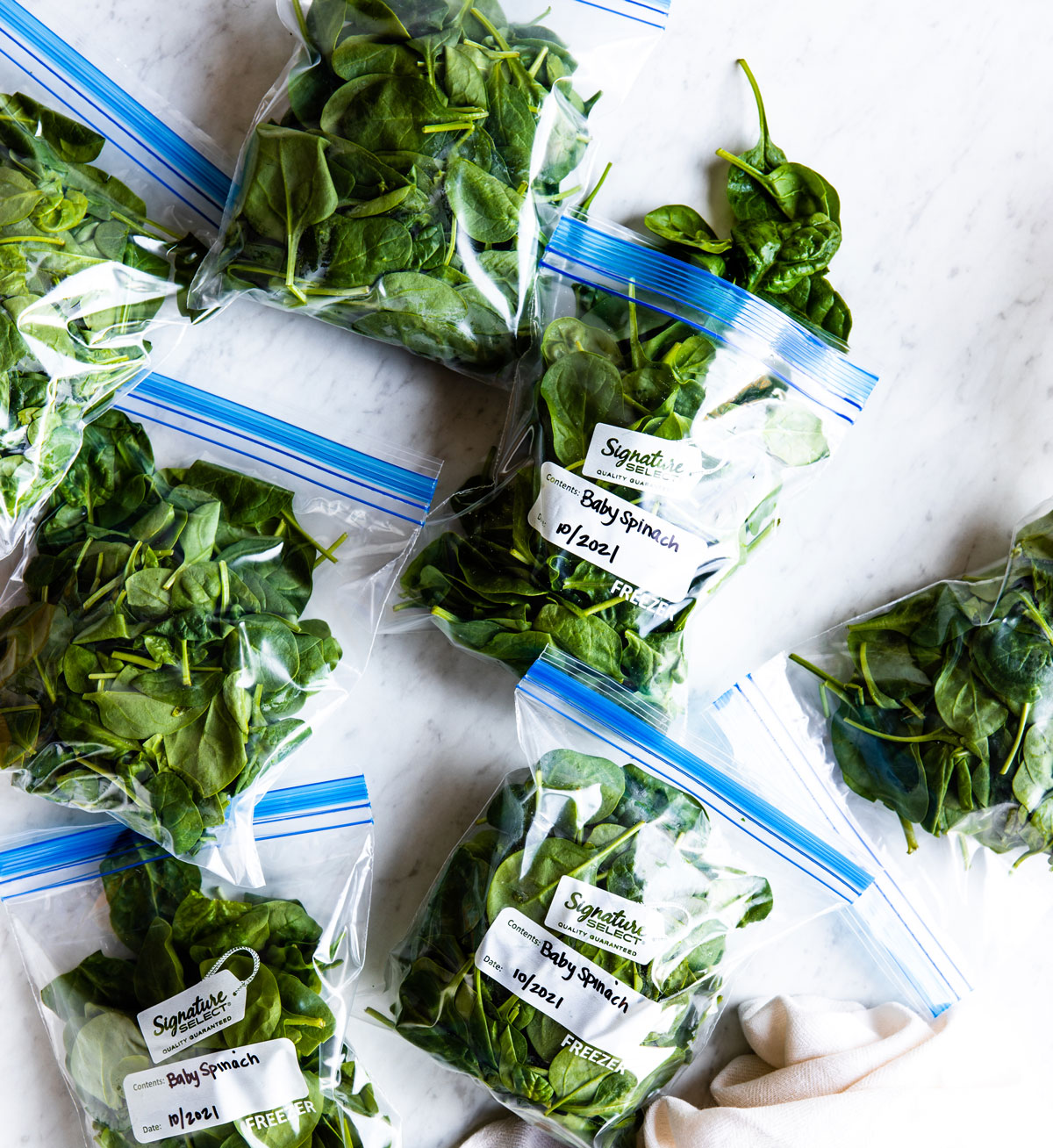
Freezing Your Leafy Greens
Ever wonder how to use up all the beautiful leafy greens you just bought, before they start to wilt? Even though I make green smoothies daily, I sometimes need to freeze my spinach or kale to stay fresh longer.
To lengthen the shelf life of leafy greens and make rotating your greens as easy as opening your freezer, try freezing your spinach. I buy spinach and power greens at Costco— freezing half of it maximizes the freshness.
Common Questions
You’ve probably heard of spinach, kale and lettuce, but leafy greens also include carrot tops, beet greens, swiss chard, arugula and more! They can grow all on their own, or be found on the tops of other plants (like broccoli, beets and carrots).
All leafy greens are incredibly nutritious and great to mix into your diet. Kale and spinach are probably the most nutrient-dense, yet you need a variety of greens (and other fruits and vegetables) for the best health. Don’t be afraid to give a new one a try next time you’re at the store. You might be surprised by mustard greens, bok choy and more!
Greens don’t just take place in salads or garnishes for burgers. You can use them in green smoothies, all kinds of pesto, filling for stuffed mushrooms or potatoes. Pretty much anything you want! Next time you are grocery shopping, grab a new-to-you leafy green and get adventurous with how you prepare it.

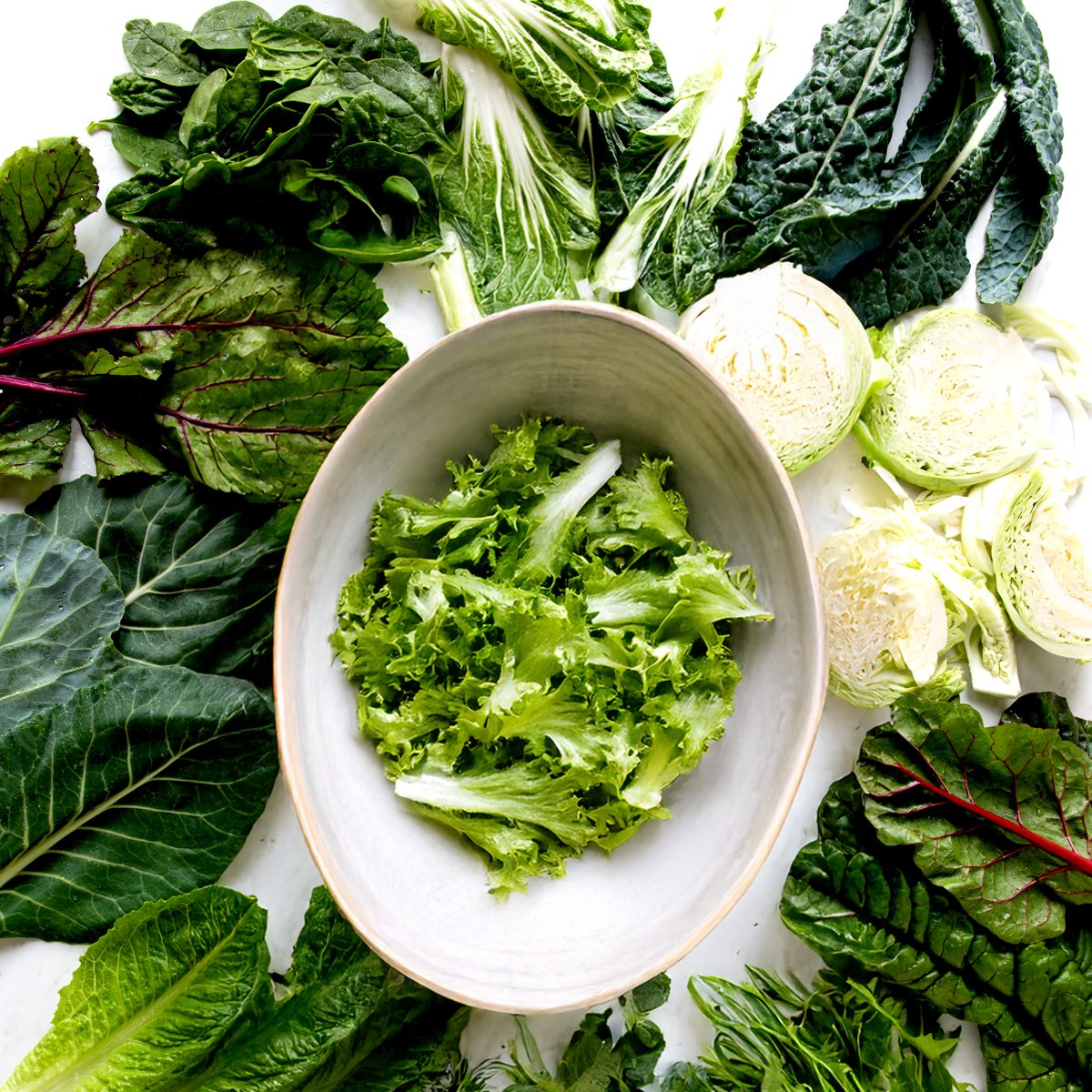

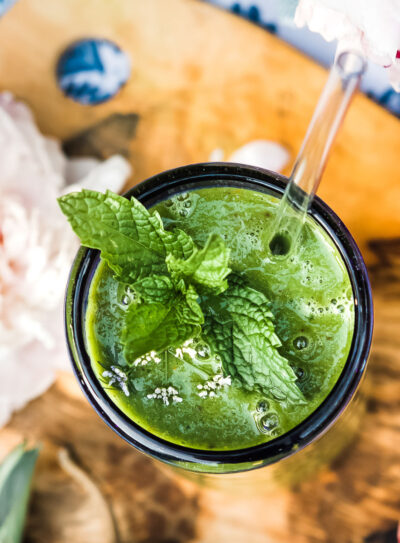
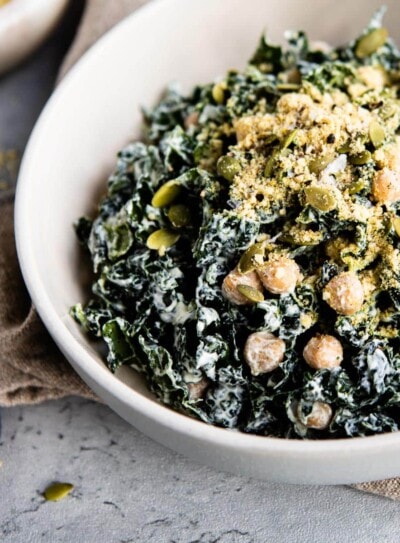


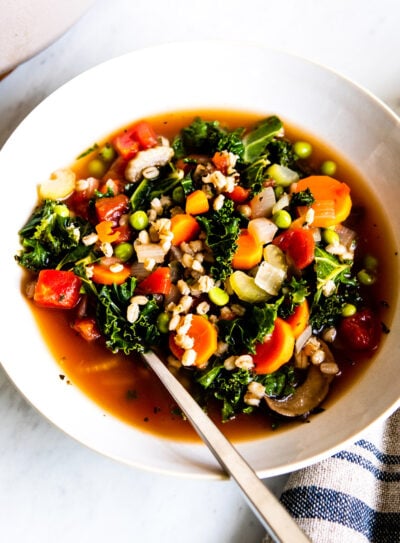
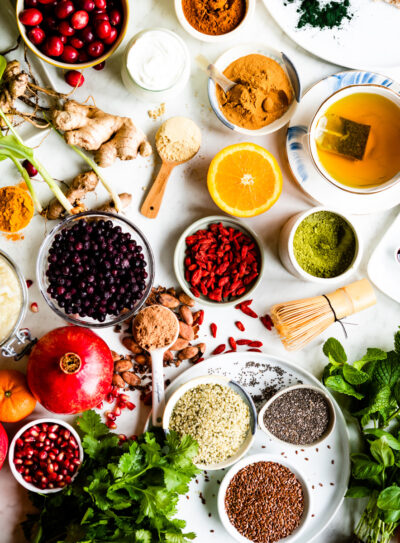

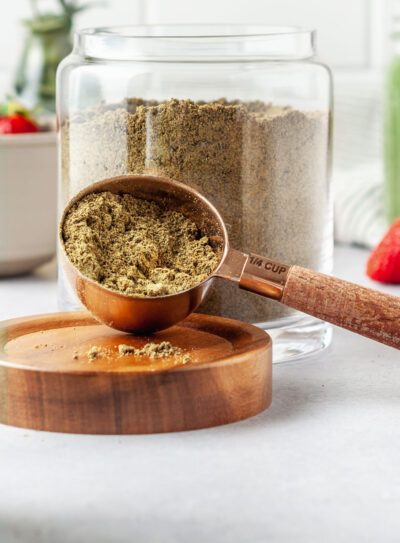
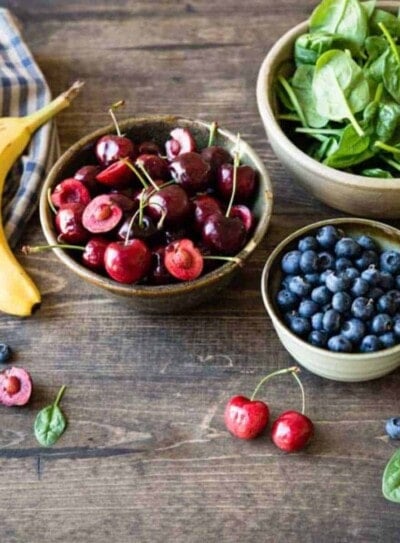
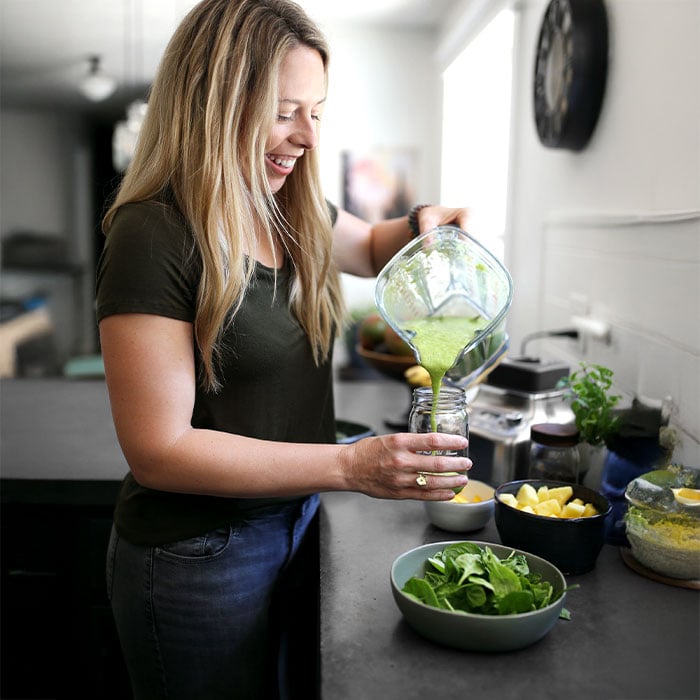









Watercress is in the Brassicaceae family (along with radish and mustard greens). You can totally add it to your smoothies, just know it will be a bit peppery (like arugula) and some people have a strong aversion to it. You could do 1 cup watercress and 1 cup spinach to help balance it out.
Is silverbeet and baby spinach leaves ok? Can’t always get spinach, but can get kale ok. What’s the best combo to achieve clear skin?
Hey Christine— I use baby spinach and silver beet (chard) a lot around my house (we bought from a local farmer and froze tons of it). These are all great leafy greens to help boost your nutritional intake and reap the benefits of phytonutrients, chlorophyll and fiber. Elimination is key to healthy clear skin— so make sure you are eating foods that are easy to digest and getting plenty of fresh fruits and veggies.
Hey ladies,
Hope this is not a silly question: but parsely is considered a “green”, right?!?! I love parsely in my smoothies and I know yall said this list wasnt exhaustive! But it would be nice to see what family it falls in (I’m sure I could always google it too, lol!).
Thanks in advance!
Hi Callie— great question! It’s actually in the APIACEAE family (with its buddy cilantro). Please share one of your fav parsley smoothies— we are always looking for inspiration!
Jen, Are mustard greens or turnip greens used in smoothies? I’ve never cooked with either & have only eaten turnip greens at Cracker Barrel.
You can use these greens in smoothies, they just have a more bitter taste.
This was a very helpful guide, btw. Thank you. 🙂
I’m curious to know why parsley wasn’t included in the list?
I wanted to know the same thing as well. What about organic lettuces? I know that most don’t include a lot of good stuff, but I like to buy those big plastic cartons of the herb salads. I love those and kale, spinach etc. I have tingling in my hands but I was also diagnosed with carpal tunnel from doing doggie and cat dentals for 25 yrs.,.
And I LOVE my Nutribullet!! Most affordable alternative to a Vitamix, which I still want someday…
J
Alkaloid build-up is very mild. You may have symptoms for a day or two and then it’ll go away. Nothing to freak about. 🙂
Parsley is great too– especially for bad breath. It just didn’t make our list of favorites to use in green smoothies. 🙂
Parlsey is a superfood too! Full of vitamins and chlorophyll! It isn’t just for bad breath. It has a lot of vitamin A in it as well as the same vitamins that kale has in it.
Poor Parsley wasn’t a favorite. I LOVE the taste of it raw. I eat it off of everyone’s plates at restaurants. Not the whole place, mind, you, just those at my table… ahem….
I’m joining a local farm for local produce and one of the items listed is pac choy. What is this and can it be used for smoothies?
Sounds like a typo— it should be bok choy. It’s a sweet tasting leafy green— and we talk about it above. 🙂 And yes— add it to smoothies. We actually have a recipe that includes it this week in Challenge #1.
pak choy is very similar to bok choy, only 1 has green stem the other has white. nutritionally i would think they would be very similar & you could use it in any way that you use bok choy 🙂
The liver detoxifies blood all the time. I don’t believe this should be a reason to rotate. Does that mean you should avoid a CSA? You will get bags of the same things as long as it is in season. Breakfast is a lot faster if you make a pitcher of smoothie the night before. In fact it is a time saver to make a couple of day worth.
Thanks for the helpful information. ‘m also curious to know how often we should rotate our greens – daily? weekly?
How would we know if we have Alkaloid Buildup, what are the symptoms and can it be treated easily?
You can start to feel nauseous after drinking a smoothie once you have alkaloid buildup. I personally rotate a few leafy greens throughout the week: usually between spinach, kale and collard greens. Spinach is definitely my staple, but I take breaks form it just to give my body a break. I have never experienced alkaloid buildup yet— hope that helps!
Same question here. I juice kale,spinach,celery,beets , carrots ,cucumber together everyday. Should I be rotating days?
You could do kale for 2 days, spinach for 2 days and then celery greens for two days, etc.
I have been doing green smoothies for a month and use parsley, cucumber, celery, spinach and kale altogether. Any problems there?
You’re doing fine. Always consume what you enjoy and listen to your body.
This is great information. I’ve been using Kale & spinach, but I noticed in Whole Foods that they have some combined Kale, collard and chard. So I will be purchasing them as well.
My question is how would you know if you have alkaloid buildup? Are there any symptoms?
Okay, well I’m waiting for April 1st for my challenge.
Thanks again for the very informative information, you’re the best!!
The pre-mixed greens are always helpful. As far as alkaloid buildup, we say in the article that some symptoms are: naseau, tingling in finger tips and fatigue. It’s very mild and if you feel these symptoms, take a break and reintroduce green smoothies. Sometimes your body just needs a break or is looking for a change.
I am starting the 30 Day Challenge for the first time but I have already started making my own green smoothies prior to knowledge of the challenge – I would also like to know the answers to Kimberly & Nisha’s question since I have been using guesstimated handfuls of spinach … Is it important to measures out the ingredients if you aren’t using the recipes you’ve supplied?
Feel free to use as many leafy greens as you like. We provide measurements to make our recipes super beginner-friendly. You can rotate your leafy greens weekly, or even throughout the week. But if you read my story above, I made the exact same smoothie with spinach in it almost everyday for months before changing it up and I’m fine.
Woooah Ive been on a Spinach only kick as well… same question as Kimberly… Is this a daily or weekly rotation and how do you know if you have buildup already?
Hey Nisha and Kimberly— you would feel nauseous, not have much energy and could even have tingling fingers if you had alkaloid buildup. You should rotate your greens throughout the week— so do spinach for a day or two, kale for a day or two, etc. The point is to give your body a break and allow it to absorb something different. Hope that helps!
Yes and makes perfect sense, thanks so much!!
Thank you! this is very informative because I have only been using spinach. The time I used kale it made my smoothie taste horrible! But I shall try it again not that I know I need to rotate.
Shantoya, feel free to try out other leafy greens if kale is not your friend. Or next time try 1 cup spinach and 1 cup kale along with a banana to sweeten it up. 🙂
How often should greens be rotated, in order to prevent alkaloid buildup? What if you already suffer with alkaloid buildup?
It’s very rare for someone to be affected by alkaloid build-up. Just listen to your body. If your body usually loves green smoothies, and then all of a sudden, you don’t want them, it’s time to change it up. Add some cilantro to refresh your taste buds and you’ll be fine.